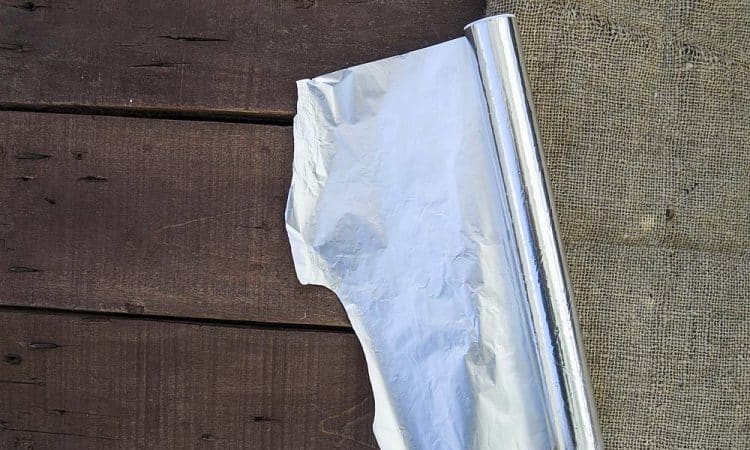It’s not easy to tell the two sides of tinfoil apart. It’s really important to get this right, otherwise you’ll end up making a mistake.

We’re assuming you have tinfoil at home, or have definitely worked with it before. But do you know how to use it correctly to get the most out of it? The different sides of the foil are designed for different things.
Glossy and matte sides
It’s worth noting that each side of the foil looks different for a reason. We tend to use foil when we want to keep something warm, which is where the shiny side comes in. If you’re wrapping your cutlets to go, make sure you wrap them with the shiny side in. Similarly, if you’re baking meat in the oven, put the shiny side on the bottom and the dull side on top. You could try cooking fish in foil, for example. The shiny side conducts the heat, so the meat will cook through faster and more thoroughly.
On the other hand, if you want to keep things cold, use the matte side – great for toppings and cold sauces for a picnic or a bottle of drink.
So, which foil should I buy?
If you’re making a simple packed lunch, you can get classic, plain foil. If you’re baking meat, it’s a good idea to go for a more expensive, thicker foil so you can be sure it won’t tear. One of the benefits of foil (compared to baking paper, for instance) is that it doesn’t let liquid or grease through, which is handy for baking. However, if the foil were to tear, you’d lose this advantage.
It can also help you out when you accidentally burn a pot. You can also use foil to remove scorch marks. Just crumple a piece of foil into a ball and try to scrub the scorch with it – it should be relatively easy.
You can also use foil for ironing.
If you want to save yourself the work of ironing, you can use the heat conducting ability of foil here too. Place it, shiny side down, on your ironing board, cover it with a board cover, blanket or other piece of fabric, and then start ironing as usual. Thanks to the foil, the linen will be heated from both sides, so you won’t have to turn it while ironing. You can also use this method to iron clothes that are still wet and you need to put them on quickly.

